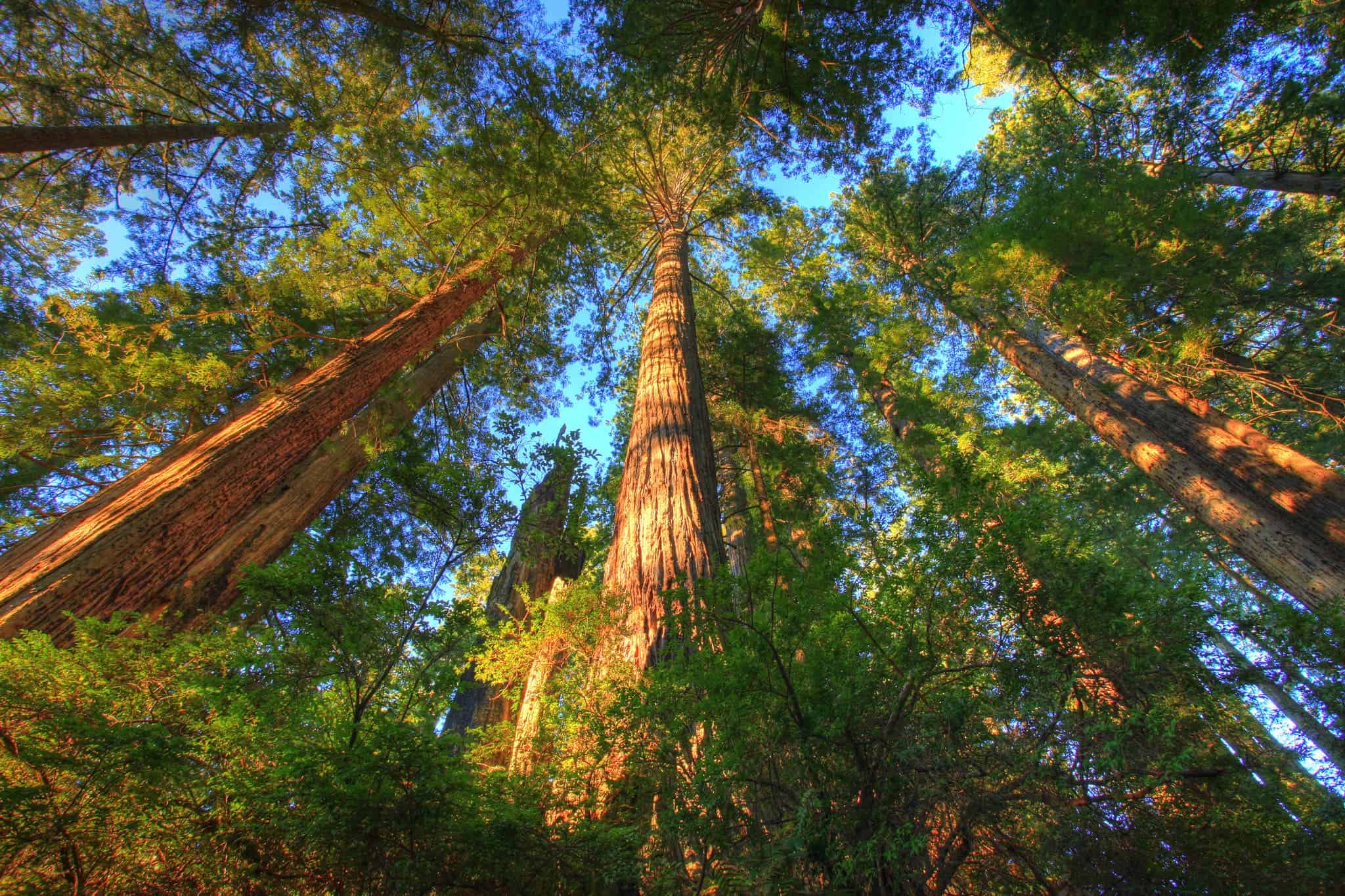California forests are losing more trees than they can recover, warns a new article.
Forests are one of the pillars of the State of California’s strategy to reduce its carbon dioxide emissions. As factories grow, they remove this gas from the air, resulting in a net reduction in state production; trees, being very large plants, are particularly good at this role.
But the Sunny State may struggle to follow its current strategy. According to a report from the University of California, Irvine (UCI), forests across the state are losing trees to wildfires and other pressures faster than new trees can fill the void. According to the results, the state’s total tree cover has declined by 6.7 percent since 1985.
Lose ground
“Forests aren’t keeping up with these big fires,” said study co-author James Randerson, Ralph J. and Carol M. Cicerone Professor of Earth System Science at the UCI. “These are big changes in less than four decades.”
For the study, the researchers used satellite data from the United States Geological Survey and NASA’s Landsat mission, recorded between 1985 and 2021. This paper is the first to measure the decline of tree populations across the California. The main drivers of this decline are wildfires, droughts and logging, the team explains.
Rates of decline vary across the state and have varied over time, they add. In the Sierra Nevada, for example, forest cover remained relatively stable until around 2010, after which it began to decline rapidly. Massive 8.8% mortality in the region occurred during a severe drought from 2012 to 2015 and the most intense and widespread wildfires in state history, including the Creek Fire, in 2020. Some of the steepest declines in tree cover, meanwhile, have been seen in southern California, where about 14% of trees in local mountain ranges have died – potentially permanently, warn the authors.
“The ability of forests to recover from fire appears to be declining in the south,” said Jonathan Wang, postdoctoral researcher in Randerson’s research group, who led the study. “At the same time, the state’s shrub and grass cover is increasing, which could portend more permanent changes to the ecosystem.”
A good side of the study is that “in the north, there is a lot of recovery after a fire”, explain the authors. This could be due to higher average precipitation levels or cooler overall average temperatures in the region. Yet even here, the wildfires of 2018, 2020 and 2021 left a huge and still visible mark on tree populations.
The decline in the number of trees in California is bound to have a large effect on the state’s ability to store carbon. While we don’t yet have a clear idea of the magnitude of this impact, this is the team’s next step. They plan to quantify exactly how much of their original carbon storage capacity the state’s forests have lost due to reduced tree populations. Co-author Michael Goulden, UCI Professor of Earth System Science and Director of the Center for Ecosystem Climate Solutions, plans to use this data to model how changes in forest cover affect water resources, carbon storage and climate. statewide fire behavior.
“This threat to California’s climate solutions isn’t going away anytime soon,” Wang said. “We may be entering a new era of intense fires and vulnerable forests.”
The article “California Tree Cover Losses Driven by Increasing Fire Disturbance and Climate Stress” was published in the review AGU Advances.




